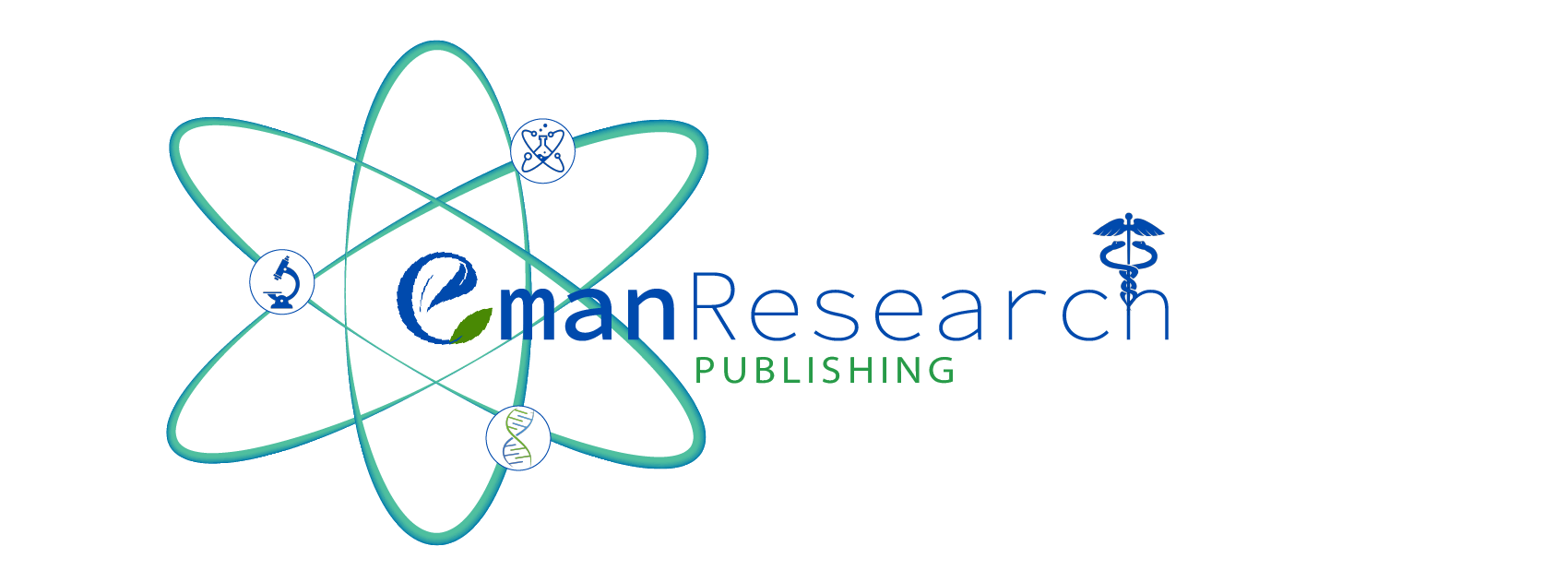The Hypoxia Model using Dimethyloxalylglycine (DMOG) Promoted the Migration and Invasion of HCT116 Colon Cancer Cells
Nor Ezleen Qistina Ahmad1,*, Noraina Muhammad Zakuan1, Nur Fariesha Md Hashim1, Nurul Akmaryanti Abdullah1
Journal of Angiotherapy 6(3) 728-729 https://doi.org/10.25163/angiotherapy.6352C
Submitted: 24 December 2022 Revised: 24 December 2022 Published: 24 December 2022
Abstract
Introduction: Hypoxic microenvironments are one of the primary causes of metastasis. Hypoxia inducible factor-1 alpha (HIF-1α) protein levels increase in hypoxic environments and may give rise to vascularization, cytoskeletal reorganization, and epithelial-to-mesenchymal transformation (EMT) of the cancer cells. Many studies evaluate the effect of hypoxia in the laboratory using hypoxic workstations, hypoxia chambers or hypoxic incubators. Alternatively, hypoxic conditions can be induced using dimethyloxalylglycine (DMOG), as the hypoxia mimetic agent in a cell culture model. Therefore, this study aims to determine the effects of hypoxia induced by DMOG on colon cancer metastasis, particularly in terms of cell migration and invasion. Methodology: To characterise the molecular background of the hypoxia response, total proteins were isolated from HCT116 colon cancer cells after 6, 24, and 48 hours of hypoxia induction with 1 mM DMOG. Using western blot, the expression of HIF-1α proteins was measured at each time point. The HCT116 cells were then subjected to wound healing assays and transwell invasion assays to investigate the effects of hypoxia on cell migration and invasion capacity. Images and data were statistically analysed using ImageJ and GraphPad Prism software version 9.0.1. Results: The expression of HIF-1α protein increases after 6 hours of DMOG induction and remains within 24 hours. The migration percentage of hypoxic cells is significantly increased compared to normoxic cells at the 6 hour (p<0.005) and 24 hour (p<0.05) time points. The transwell invasion assay demonstrated that, within 24 hours, hypoxic cells had significantly higher invasive capabilities (p<0.001) than normoxic cells. Thus, the increase in migration and invasion of the cells is similar to the increase in HIF1-α expression at 6 and 24 hours. Conclusion: The current data suggest that DMOG induction induces HIF-1α expression, which results in an increase in cell migration and invasiveness in colon cancer cells. Therefore, this model can be used to evaluate the effects of hypoxia on cells in combination with gene knockdown or drug treatment studies.
Keywords: Colon cancer, Hypoxia, HIF-1α, Migration, Invasion
References
View Dimensions
View Altmetric
Save
Citation
View
Share


